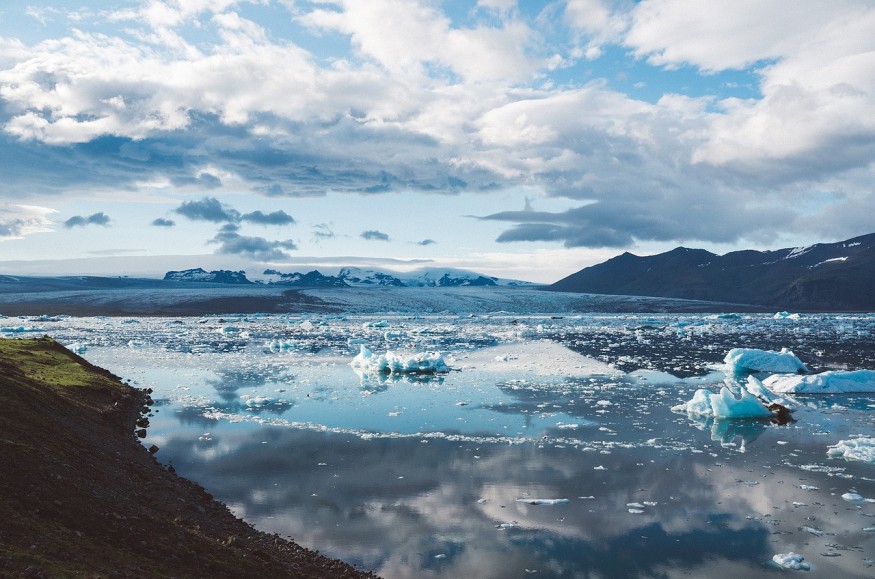Scientists reported that climate change has caused an ice chunk larger than Paris to break off from the only remaining and the largest glacier in Greenland and shatter to pieces.
The chunk measured about 42.3 square miles, and according to Greenpeace, this is another warning of the current climate crisis.
Researchers from the GEUS or Geological Survey of Denmark & Greenland examined satellite ice shelf images captured for the last 30 years. They say that the rising temperatures are the cause of its disintegration. The chunk came from the Nioghalvfjerds fjord or Nioghalvfjerdsfjorden.

READ: What You Need to Know About Shishper's Glacial Lake Outburst Floods
Rising Temperatures
The average temperature readings in this region already increased by 5.4º F since the year 1980. The highest recorded summer temperatures in this area were taken last 2019 and this year.
Laure Meller, the spokesperson of Greenpeace, said that the findings were another alarm of the Arctic's rapid heating.
The Nioghalvfjerds Fjord
Nioghalvfjerdsfjorden is also called 79N. It measured 50 miles in length and 12 miles in width. Now, it has shattered into small pieces.
Jason Box, GEUS professor, is concerned with the apparent progression of the largest remaining Arctic ice shelf's disintegration. 79N's leading-edge split in two and an offshoot went north. The offshoot is known as the Spalte Glacier, which has disintegrated since.
READ ALSO: Threat of Mont Blanc Glacier Collapse Causes Red Zone Imposition and Evacuation on Valley
Hot Summers Increase Sea Level
According to Box, if the coming summers will be as hot as the past two, this will contribute to the rise in global sea levels.
Researchers have claimed that the melting of the ice sheet in Greenland has added 0.4 inches to the sea level worldwide from 1992 to 2018.
GEUS researcher Dr. Niels Korsgaard says that the reduction or collapse of the ice shelf thins the glaciers and accelerates their destruction.
Korsgaard says that Arctic temperatures are increasing more than the average increase worldwide. There is more heat from the ocean and the air that melts the surface and the bottom of the ice shelves, thinning them and making them more vulnerable to disintegration.
He adds that they have already seen this in many other areas, including the Zachariae Glacier and Canada's Milne Ice Shelf. Now, he says, Nioghalvfjerdsfjorden is suffering the same fate.
Worst Case Scenario
According to Copenhagen Danish Meteorological Institute's Ruth Mottram, this year, further loss of the ice sheet occurred again, more than the ice that was added which came from snowfall.
According to Mottram, if this melting occurred three decades ago, it would have been considered an extreme phenomenon. In recent years, however, she says they already became used to the rapid melting. She also added that the worst-case predictions made before are now simply considered normal.
A New Study
Last August, researchers conducted a study that found the loss of ice in Greenland in 2019 was massive enough to cover the entire state of California in water higher than four feet.
The research team, which included GE US' Anne Solgaard, used images from satellites to compute the rapidity of the glaciers and ice shelf disintegration. According to Solgaard, they used satellite data spanning three decades. They saw that the melting speeded up in the last decade, wrought by climate change and that the ice chunk that disintegrated from the largest glacier in Greenland was also a part of this.
Check out more news and information on Glaciology on Nature World News.
© 2025 NatureWorldNews.com All rights reserved. Do not reproduce without permission.





